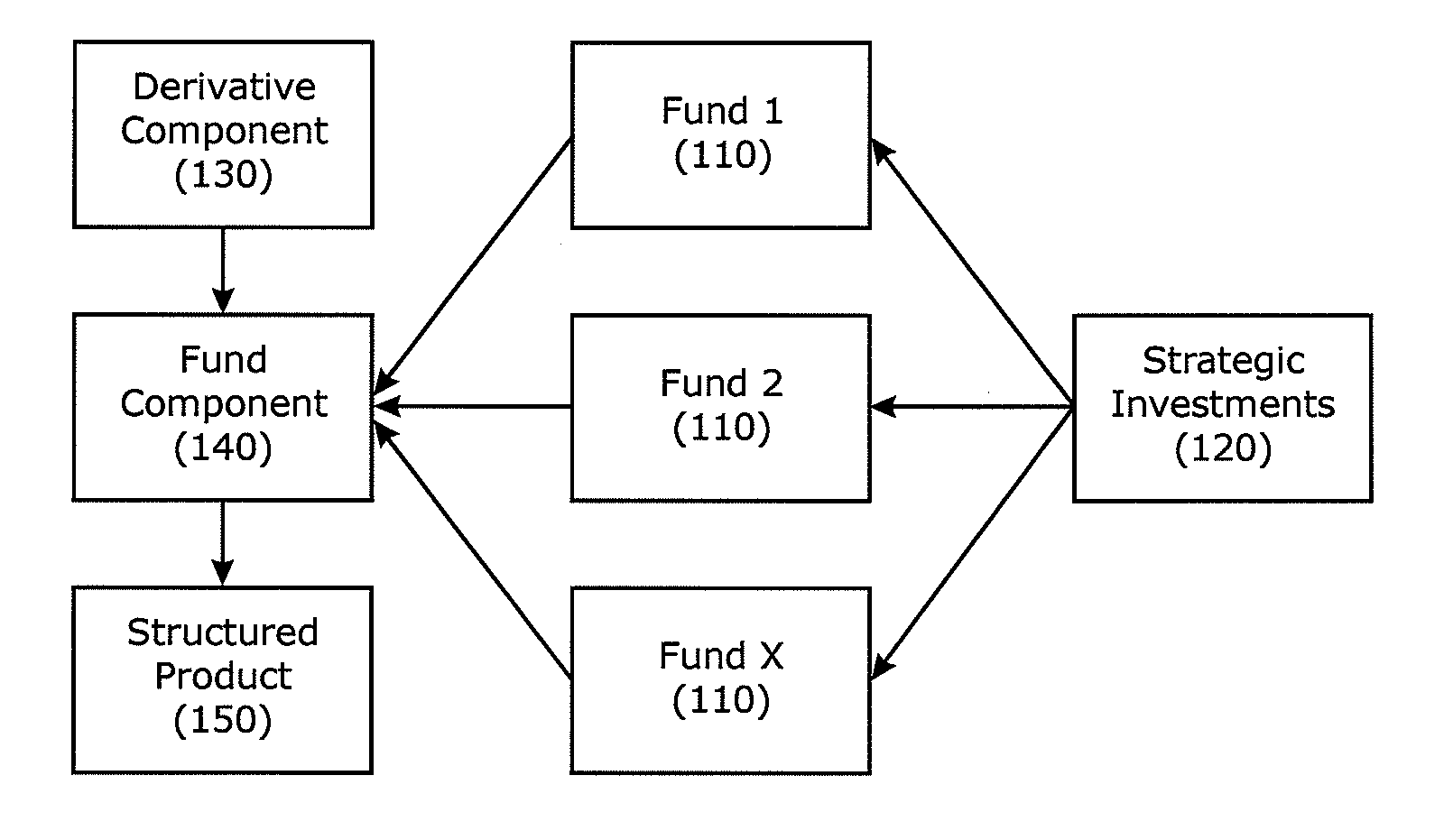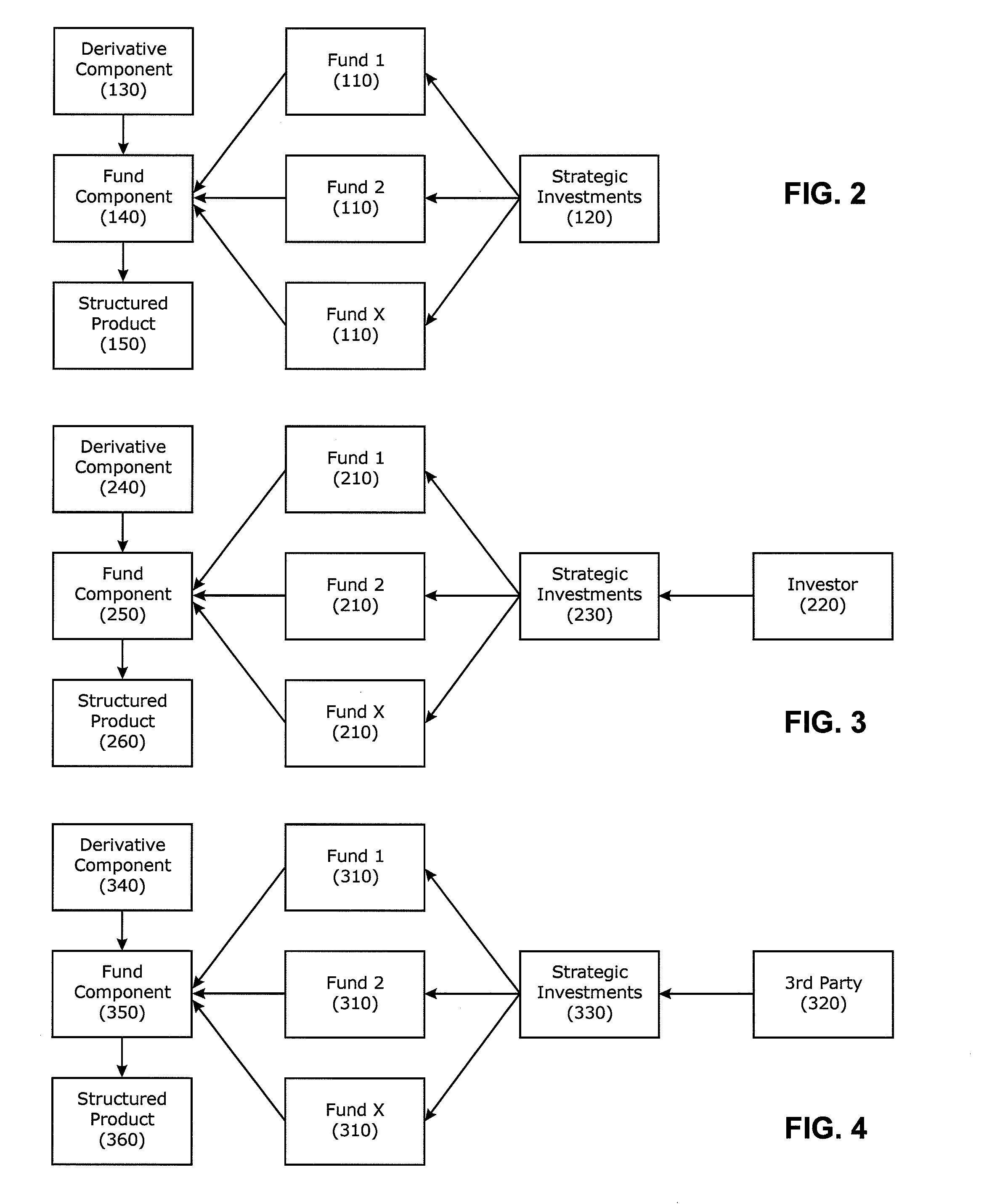It is to be understood and appreciated that due to the present industry wide process of constructing a structured product coupled with the lack of competition in the American marketplace, a number of significant issues affect the industry resulting in an inefficient
market place, costing the investor materially.
For instance, some noted drawbacks of the process of constructing a structured product, which create such an inefficient marketplace, are as follows:
One, a lack of price competition due partly to the bespoke characteristic of the product, generally narrow distribution, and OTC nature of the industry.
As a result, it is rare for two banks to issue an identical structured product simultaneously.
Given the complexity of a structured product, even on the rare occasion that similar structured products are issued in a short time period by competing issuers, it is very difficult for the average investor to fully appreciate any price discrepancies that might exist between the two products or make an educated decision of which structured product is a better value.
In view of the above and coupled with the fact that the vast majority of structured products are issued in an OTC environment and primarily via a narrow distribution through the wealth management division of the issuer, these products suffer from a lack of transparency (as discussed in further detail below).
The trading and sales teams of the issuers generally take
advantage of this lack of transparency, the lack of direct competition on an issued product, and the practice of primarily distributing through internal divisions by setting wide,
non competitive spreads and tacking on high fees when pricing a structured product.
Given the success of the structured products industry and the high profit margins built into the process, there is little incentive for any of the participants in the industry to price structured products competitively.
Although in recent years, there has been an increased level of price competition in this segment of the industry, there is still inefficiency in price competition for two primary reasons.
First, there is no central exchange allowing the investor to simultaneously request quotes from all the participants in the industry.
Second, each
bank issues its own note component of the structured product resulting in products that are not identical.
Two, the lack of price competition, low transparency and complexity of a structured product results in a lack of liquidity.
Frontloaded fees and OTC issuance are additional industry practices that result in illiquid secondary markets.
Current industry practice is to embed expensive, frontloaded fees, an issue to be discussed below, into the structured product.
Competing banks are very hesitant to make markets in
bank notes other than their own.
Three, it is to be further understood and appreciated the vast majority of notes issued are senior unsecured obligations, resulting in concentrated
counterparty risk.
Investors have
issuing bank's
counterparty risk on both the note component and the derivative component of the structured product.
For example, this issue came to the forefront shortly after the bankruptcy of Lehman Brothers when billions of dollars of structured products issued by Lehman Brothers dropped precipitously in value, shocking its holders.
Most investors do not have a true understanding of the
counterparty risk they hold.
Four, another noted drawback is that the inconsistency of structured product offerings, low levels of competition and the fact that the product is traded OTC with no real secondary market all conspire to create an environment of very low transparency.
Add to this the fact that there is no industry wide standard for methodology or
nomenclature and minimal educational literature despite the relative complexity of the underlying product.
This lack of transparency often results in hidden fees and confusing products and payouts, leading to frustrated investors and, from time to time, lawsuits.
On an annualized basis, fees tend to decline from this high mark for structured products with a longer duration, although they still remain expensive compared to other products in the market.
It is to be appreciated this process would be difficult to modify given the many groups within the
issuing bank that share in the fees.
Thus, issuing banks often have large infrastructures resulting in portions of their fees going to other areas, such as legal and risk management, resulting in higher upfront costs.
Seven, another noted drawback is that issuing banks primarily distribute structured products through their own retail networks.
Distribution remains purposely limited in its reach making it very difficult for an investor to have an accurate picture of what is available in the marketplace at any given time.
Eight, a further drawback of the industry is a relative lack of consistent offerings.
This negatively affects the investor base as it becomes difficult to track and become comfortable with a specific trading strategy.
It also becomes difficult for investors to roll their positions forward upon expiration of a structured product as the
bank might not offer that identical trading opportunity at that time.
Furthermore,
client confusion is rampant as new products in an already complex area of the market are constantly introduced and pitched to the investor.
Further exacerbating the situation and adding to the
frustration of the
client, are the inconsistencies in structural features of the product.
For example, two separate issuing banks may offer 10% downside protection in their products, but one may allow for 100% downside risk by raising the downside participation below the 10% downside protection level, while the other might maintain the participation rate at a 1:1 ratio resulting in the risk of losing only 90% of one's principal.
While the payout of a structured product upon maturity is fairly straightforward, current marketing in the industry tends to be ambiguous in its definitions, resulting in an unclear and imprecise picture of these payoffs.
There is no uniform attempt to educate the investor and little if any marketing of the beneficial qualities of any particular structured product.
Factor in the lack of transparency and inconsistency in issuance, methodology and
nomenclature, and it is easy to see how investors can easily become frustrated and confused with structured products.
As a result, the industry has dealt with a decent amount of negative publicity and lawsuits that have arisen due to both irresponsible selling by brokers and lack of transparency on the part of the issuing banks.
 Login to View More
Login to View More  Login to View More
Login to View More 


